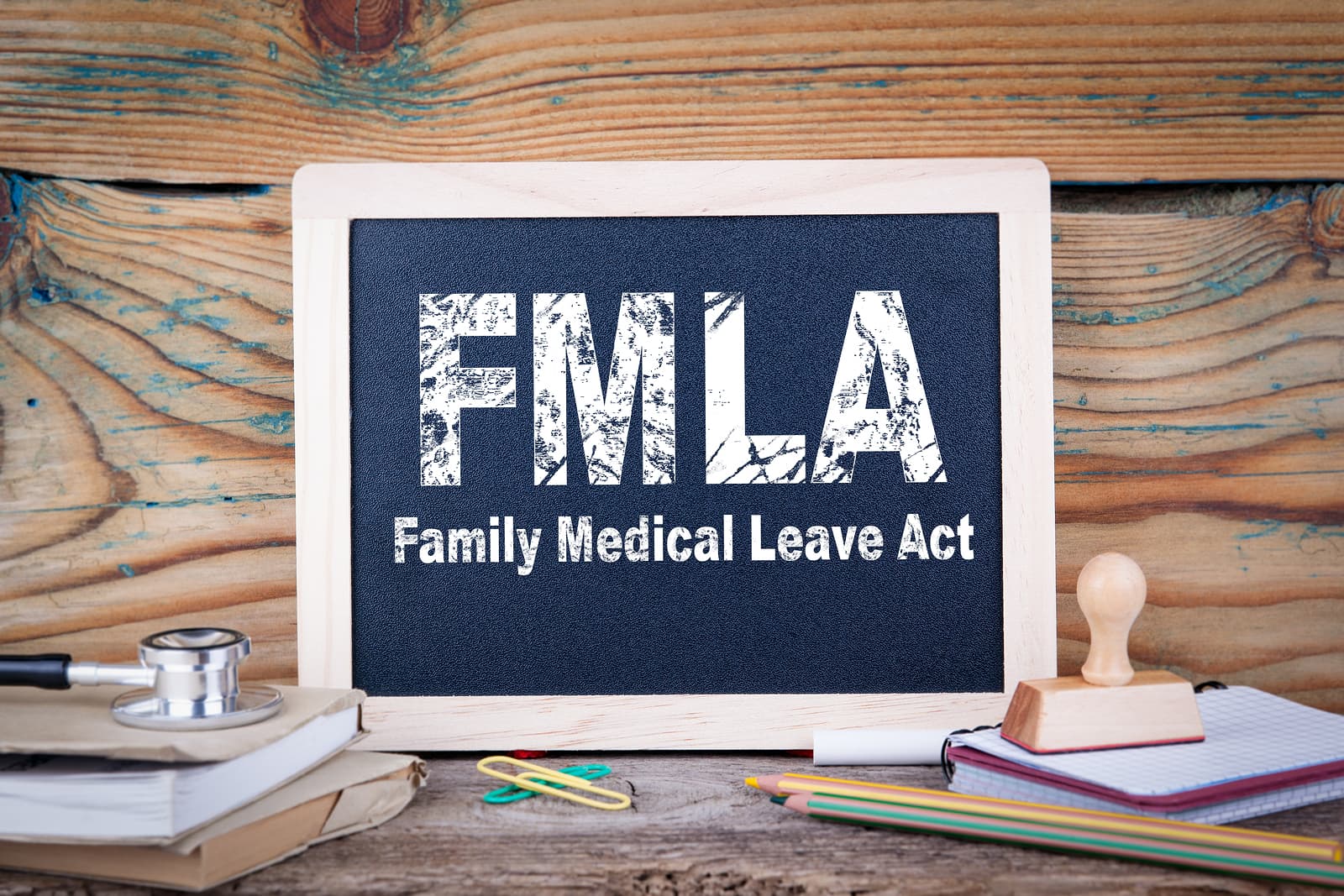Imagine a routine day at work. You get a phone call that your child has been in an accident and you leave immediately. The doctors tell you the injuries are serious and a full recovery will take some time.
You call in to work with the news: You’ll need to be out of the office for a while, possibly several months. Your boss, who had been sympathetic a moment ago, turns cold. If you don’t return to work in a few days, you’ll lose your job.
That was all legal until 25 years ago last month, when the Family and Medical Leave Act was passed. It is the single most important piece of legislation in the United States protecting the rights of workers to help their loved ones during a crisis. But it’s not perfect, either. Compared to some other Western countries, the FMLA, as its often called, does not extend the fullest possible protections, and many gaps in its coverage remain to be filled.
With the recent 25th anniversary of the Family and Medical Leave Act, here’s a look back — and a look ahead to where it could go next.
The first 25 years
President Bill Clinton signed the Family and Medical Leave Act into law in February 1993 and it went into effect in August of that same year. Before then, the only federal law in the United States that had anything to do with family or medical leave was the Pregnancy Discrimination Act of 1978, or PDA. Even that law only required employers that offered temporary disability programs to cover pregnancy like they would any other disability.
Under the FMLA, eligible employees may take up to 12 weeks of unpaid leave from their covered employer (this includes both private and government employers) to take care of a close family member who has a serious health condition, for the birth or adoption of a child or for the employee’s own serious health condition. The FMLA also guarantees that when the employee returns, they will get the same or equivalent job back.
Over the last 25 years, the statute itself has received only relatively minor amendments, although hundreds, if not thousands of federal court cases have changed how it applies to certain situations. Additionally, the U.S. Department of Labor (which enforces of the FMLA) has issued many rules and regulations to further define how the FMLA applies to specific employers and employees.
The most notable change to the FMLA has been its application to military families. These changes came in 2008 and 2010 and now allow employees to take up to 12 weeks of unpaid leave from work to handle “qualifying exigencies” arising out of a family member’s military service or up to 26 weeks of unpaid leave to care for a family member who suffered a serious injury while on military duty. Qualifying exigencies do not refer to serious health conditions. Instead, they include things such as post-deployment activities, counseling, short-notice deployment and military events (like an arrival ceremony for a spouse returning home from deployment).
Unfortunately, there haven’t been any other significant changes to the FMLA, although proposals have been made. Some include extending the FMLA to smaller employers, allowing leave for situations not involving a serious health condition and expanding who is eligible for leave. One of the most promising areas of potential change to federal family leave legislation has to do with paid family leave.
Expanding FMLA
The idea of paid family leave enjoys wide support from both sides of the political aisle. Even President Donald Trump, in his 2018 proposed budget, proposes adding six weeks of paid parental leave for new mothers and fathers.
Another proposal is a bill called the Family and Medical Insurance Leave (FAMILY) Act, which has already been introduced into the House of Representatives and Senate. If it were to become law, the FAMILY Act would not just provide paid leave, but allow for leave when the FMLA would not otherwise apply. In summary, the FAMILY Act would:
- Allow workers to take up to 12 weeks of paid leave to care for their own serious health condition, the serious medical condition of a close family member, the birth or adoption of a child or to provide military caregiving assistance.
- Provide the worker with 66% of their monthly wages up to $1,000 per week.
- Cover all workers, regardless of employer size and including those who are self-employed.
The FAMILY Act is notable because it both provides paid leave and applies to all workers. Paid leave is especially important. That’s because many employees who would qualify for FMLA leave can’t take it because they can’t afford the loss in income while away from work.
Unfortunately, given the political gridlock in Washington, we may not see any significant changes to current federal law concerning family leave in the near future. Additionally, even though there is agreement that paid leave should be provided to workers, there is disagreement on how much paid leave should be available.
Any changes to the current state of family leave law will probably come from the federal courts and therefore be incremental and in limited geographical scope. However, a few states have already started offering paid family leave, such as New York, California, New Jersey and Rhode Island.
Until Washington can get its act together, most workers will have to hope their own states (or employers) are willing to go above and beyond the federal requirements.
